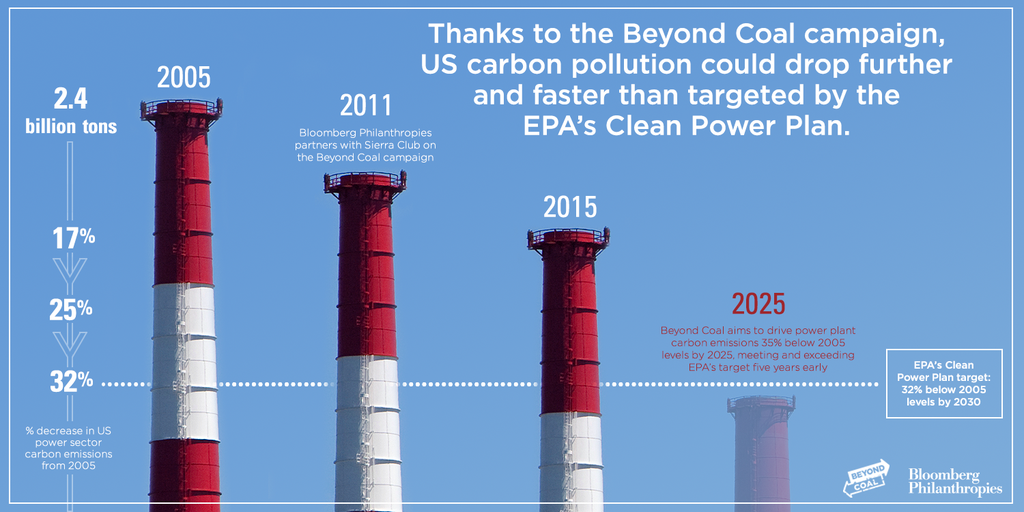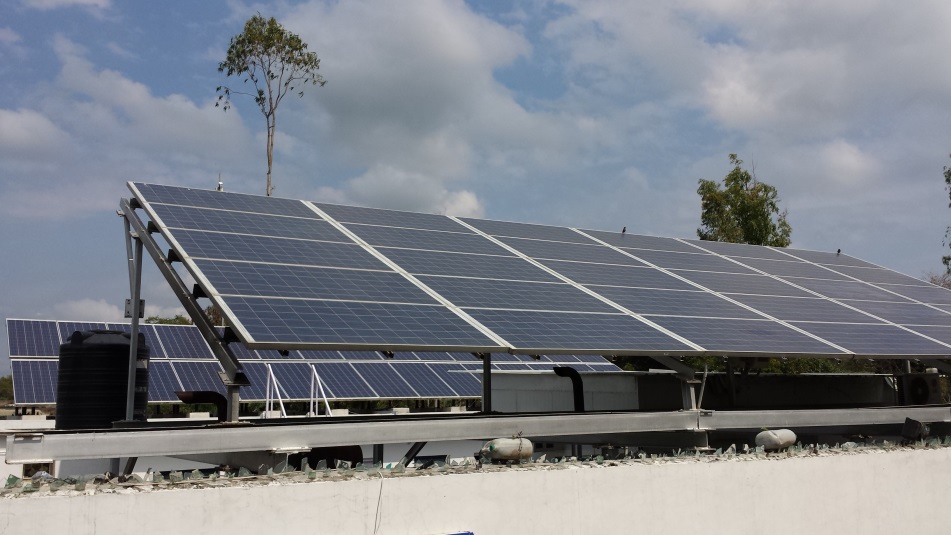**Note:** This blog post is among the first in a series geared toward discussing the wide ranging impacts of the President’s Clean Power Plan. Over the course of this week, Sierra Club experts will add to this series with posts on what’s new in this plan and its effects on environmental justice, labor, clean energy, and international climate negotiations.
Now that the dust has settled and the ink is dry on the final Clean Power Plan, it’s clear that the standard is one of the most significant single actions any President has taken to tackle climate disruption. It sets the first-ever national carbon pollution limits for power plants, which are the largest US source of the pollution that has pushed our climate to the brink The Clean Power Plan will lead to significant reductions in carbon pollution - 32 percent from 2005 levels by 2030 - and promote the development of clean energy. The standard opens up the opportunity for every state to chart its clean energy future. But what is the most affordable and reliable way to meet the carbon reduction targets in the plan?
There are hundreds of coal-fired power plants that lack basic pollution controls for deadly and dangerous air pollution such as smog, soot, and mercury. Many plants are also utterly failing to address massive water pollution problems, discharging dangerous chemicals like arsenic into the streams, rivers, and lakes where millions of Americans fish, swim, and get our drinking water.
These facilities are also some of the largest sources of carbon pollution contributing to climate disruption. While the Sierra Club’s Beyond Coal Campaign has helped retire 200 coal plants since 2010 and replace them with clean energy, many more outdated coal plants are still chugging along and face major decisions in the next few years about whether or not to install basic technologies to address their egregious air and water pollution. Retiring these dirty facilities and replacing them with renewable energy and energy efficiency is one of the most affordable ways to meet the goals of the Clean Power Plan.
We have abundant and cost-effective ways to replace these plants with cleaner options while providing reliable energy to power our nation. We continue to waste massive amounts of electricity in our homes and businesses, and the cheapest way to replace dirty coal plants is to save money by wasting less. At the same time, the prices of electricity generated by harnessing the wind and sun have been falling so dramatically that renewable energy is now cheaper than coal in many parts of the country. The best way to maintain affordable energy is to reduce energy waste and shift to modern, clean renewable energy that doesn’t rely on volatile coal and natural gas prices. By decreasing our reliance on fossil fuels, the Environmental Protection Agency has estimated that the Clean Power Plan will save American consumers nearly $85 per year on their electricity bills in 2030 and that consumers will save a total of $155 billion from 2020 to 2030.
If we were to replace just a fraction of the most inefficient, expensive, and dirty coal plants that will likely have to make a decision in the next few years about whether or not to keep operating, more than half of the states would be on track to meet or exceed their carbon pollution reduction targets under the Clean Power Plan.

That is what the Sierra Club will be working to do in the coming years. As this graphic from our partners at Bloomberg Philanthropies illustrates, we are already on track to exceed the carbon reductions in the Clean Power Plan through our state-based, grassroots efforts to retire coal plants and replace them with renewable energy. As this recent column about the Clean Power Plan by Michael Bloomberg puts it:
The primary reason for the public revolt against coal is simple: It causes death, disease and debilitating respiratory problems. A decade ago, coal pollution was killing 13,000 people a year. Today, the number is down to 7,500, which means that more than 5,000 Americans are living longer, healthier lives each year thanks to cleaner power.
And if the latest phase of the Sierra Club’s campaign succeeds, coal power will fall far below 27 percent well before 2030 -- even if the EPA rules are rescinded by the next president or struck down by the U.S. Supreme Court.
As a West Virginian, I understand that this transition to clean energy poses significant challenges for parts of the country traditionally reliant on coal. EPA recognizes it too, and has incorporated robust economic transition elements into the final Clean Power Plan, which are outlined in upcoming columns by some of my Sierra Club colleagues. In another great upcoming column, my colleagues will also lay out the important, hard-won environmental justice provisions of the new standard, and the exciting new public engagement opportunities the plan creates for low income communities and communities of color, which have long borne the brunt of fossil fuel pollution. And, another upcoming post outlines the renewable energy and energy efficiency opportunities created by the Clean Power Plan, and the measures EPA is taking to ensure they benefit communities that need them most.
The Environmental Protection Agency estimates the Clean Power Plan will avoid up to 3,600 premature deaths, result in 90,000 fewer asthma attacks in children, and prevent 300,000 missed school and work days. Together with other clean energy policies, the Plan will reduce premature deaths from power plant pollution by almost 90 percent in 2030 compared to 2005, and will decrease the pollutants that create soot and smog by more than 70 percent. Replacing dirty and outdated coal plants with energy efficiency and clean energy will save money and save lives. That’s just common sense.
Sierra Club Clean Power Plan Blog Series
